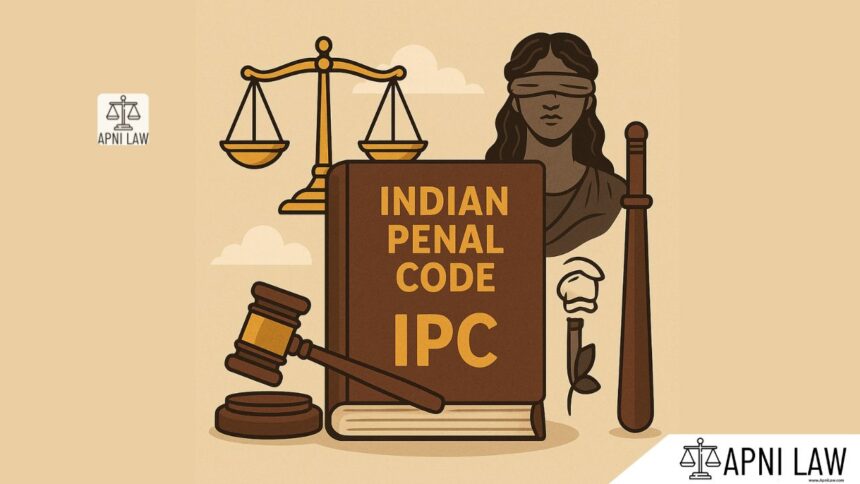Code
If in the exercise of the right of private defence against an assault which reasonably causes the apprehension of death, the defender be so situated that he cannot effectually exercise that right without risk of harm to an innocent person, his right of private defence extends to the running of that risk.
Illustration
A is attacked by a mob who attempt to murder him. He cannot effectually exercise his right of private defence without firing on the mob, and he cannot fire without risk of harming young children who are mingled with the mob. A commits no offence if by so firing he harms any of the children.
Explanation
This section outlines the circumstances under which a person is justified in using deadly force to protect another person from a life-threatening attack. It essentially provides a legal defense against charges of causing harm or even death in such situations.
Key elements of this section include:
- Deadly Assault: The assault must be of such a nature that it poses an imminent threat of death or grievous hurt to the victim.
- Innocent Person: The victim of the assault must be an innocent person, not involved in any wrongdoing.
- Necessity: The use of deadly force must be necessary to prevent the assault from causing death or grievous hurt.
- Proportionality: The force used in self-defense should be proportionate to the threat posed by the assailant. It should be only enough to repel the assault and not go beyond what is reasonably necessary.
Illustration
Imagine a scenario where a woman is being attacked by a man with a knife. A passerby witnesses the attack and, fearing for the woman’s life, intervenes and shoots the attacker. In this case, the passerby could invoke Section 106 as a defense, arguing that he acted in self-defense to protect an innocent person from a deadly assault.
Common Questions and Answers
Q: Does this section apply only when the person using force is directly under threat?
A: No. Section 106 explicitly protects innocent persons, even if the person using force is not directly under threat.
Q: What happens if the person using force is mistaken about the threat?
A: If the person using force has a genuine and reasonable belief that the victim is in danger of death or grievous hurt, even if the belief is later proven incorrect, they might still be able to claim this defense. The court will consider the circumstances and the person’s state of mind.
Q: Can I use lethal force to protect property?
A: No. Section 106 specifically refers to protecting “persons” from deadly assault. This section is not applicable for defending property.








